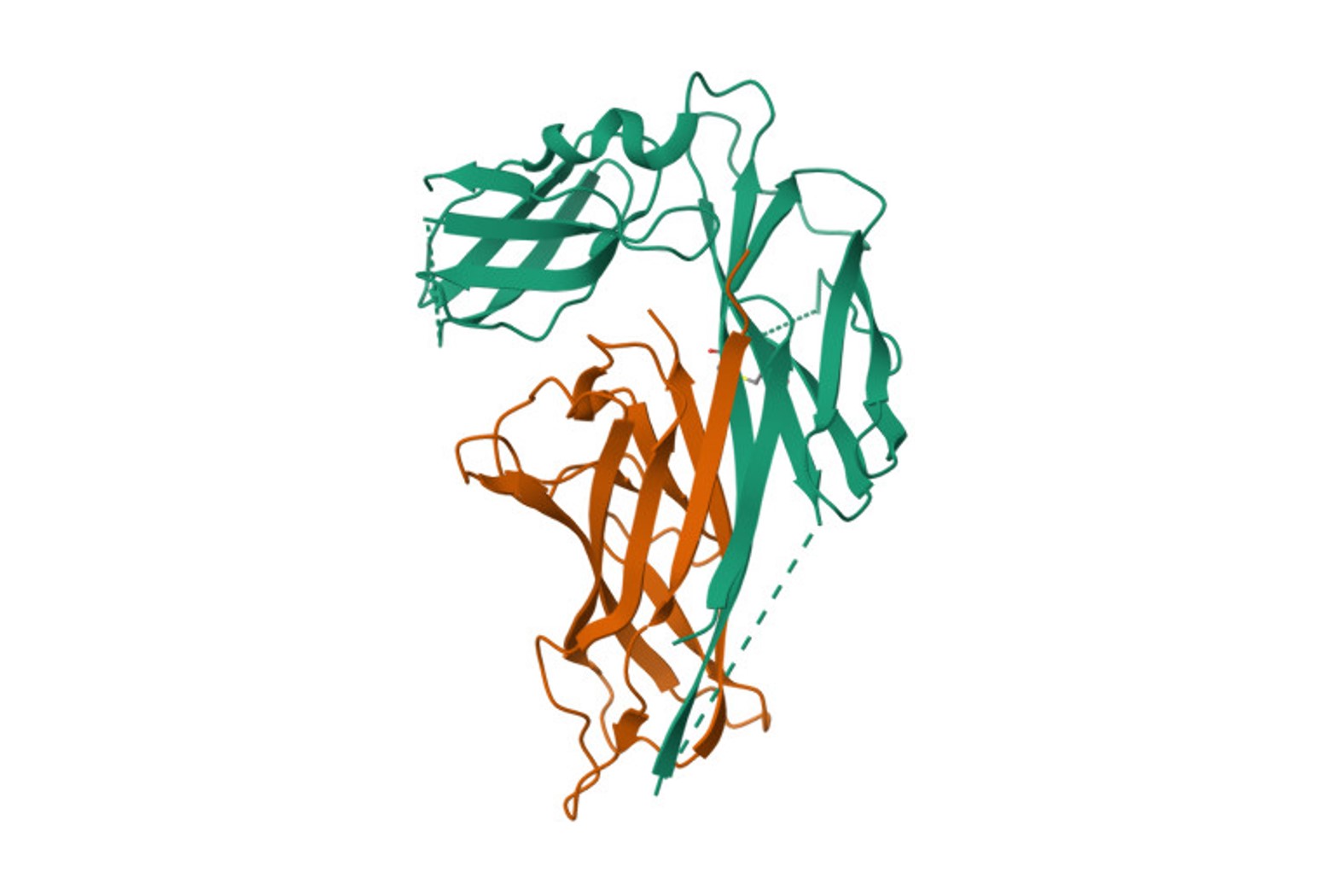The talented Caf1 protein

Many components of the biotechnology and medical toolbox have their origins in pathogenic microorganisms. These have been adapted to generate useful tools and therapies for research and medicine. Now, Caf1 proteins, also known as Cytotoxic Associated Factor 1, a group of proteins with pathogenic origins are emerging as a new building block due to their unique properties and potential applications in fields including medicine, biotechnology, and bioengineering.
Capsular antigen fraction 1 (Caf1) proteins are part of the F1 antigen complex found in Yersinia pestis, the bacterium responsible for the plague. Similar to the polyerdrin protein, which forms crystals around insect cypoviruses to protect them from UV when outside their host, he Caf1 protein forms a polymeric capsule around the bacterium, protecting it from the host's immune system. This protective mechanism has been the focus of many studies, as understanding it could lead to the development of new treatments for bacterial infections.
One of the most promising applications of Caf1 proteins is in the field of vaccine development. Due to their immunogenic properties, Caf1 proteins can be used as a carrier for antigenic peptides, enhancing the immune response to the vaccine. For instance, a study published in the Journal of Immunology reported that a Caf1-based vaccine induced a strong immune response against the influenza virus in mice.
Caf1 proteins also have potential applications in the field of bioengineering. Their ability to self-assemble into various structures, including nanofibers and nanoparticles, makes them useful for creating novel materials, such as hydrogels, with unique properties. For example, a study published in the journal Nano Letters reported that Caf1 proteins could be used to create self-assembling nanofibers that could be used in tissue engineering. These molecules can be transitioned between monomers and polymers and simply by heating and cooling and can also be functionalized to create complex hydrogels able to support 3D cell culture.
Despite the promising potential of Caf1 proteins, there are still many challenges to overcome. One of the main challenges is the difficulty in producing large quantities of Caf1 proteins. Current production methods are time-consuming and expensive, limiting the widespread use of Caf1 proteins. Advances in protein production techniques may overcome this challenge.
Caf1 proteins are a fascinating group of proteins with a wide range of potential applications. Their unique properties make them a promising tool in the fields of medicine, biotechnology, and bioengineering. As our understanding of these proteins continues to grow, so too does the potential for their use in developing new treatments and technologies.
IMAGE: Caf1 protein structure Protein data bank



